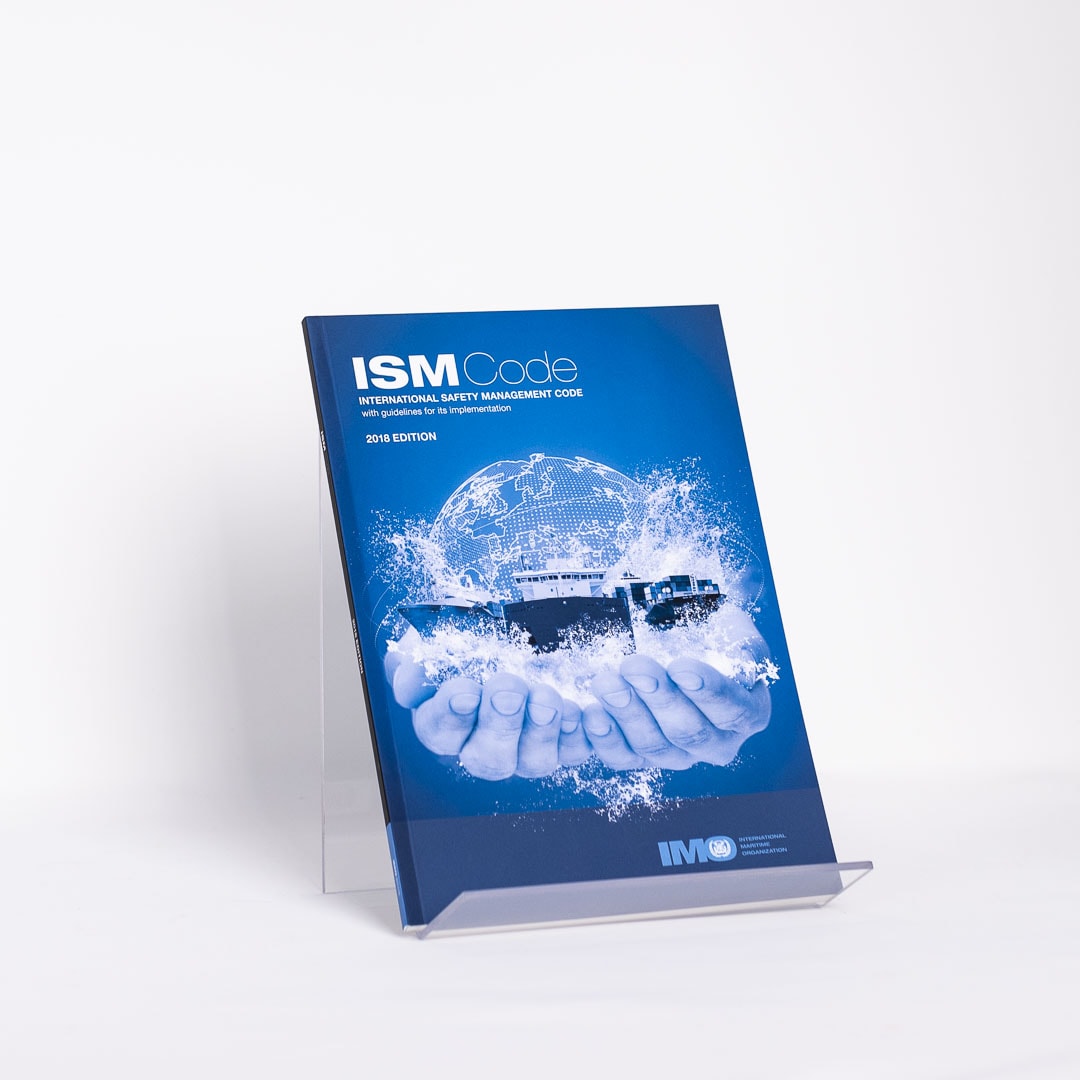The International Safety Management (ISM) Code was enacted to address critical issues in the maritime industry regarding the safe management and operation of ships, as well as pollution prevention. Its development was not an overnight process but was triggered by a series of maritime disasters that underscored the need for a comprehensive safety management approach. Here, we will delve into the evolution of the ISM Code and the key incidents that catalyzed its creation.

One of the landmark incidents that led to the development of the ISM Code was the Herald of Free Enterprise disaster in 1987. The roll-on/roll-off ferry, Herald of Free Enterprise, capsized shortly after leaving the port of Zeebrugge, Belgium. A shocking total of 193 people died in the disaster. The subsequent investigations uncovered a series of severe safety management failings. The ferry had left the port with its bow doors open, allowing a large quantity of water to flood the car deck as the ferry increased speed. This led to the vessel becoming unstable and eventually capsizing. The incident served as a grim reminder of the need for thorough safety checks before departure and the necessity of strict adherence to safety management procedures.
The Exxon Valdez oil spill in 1989 was another pivotal event in the maritime industry that underscored the urgency of comprehensive safety management. The oil tanker Exxon Valdez ran aground in Prince William Sound, Alaska, spilling approximately 11 million gallons of crude oil into the sea. This was one of the most devastating man-made environmental disasters at the time. The oil spill led to the death of countless marine animals and birds, severely impacting the local ecology and fishing industry. The cleanup process was costly and time-consuming. Subsequent investigations revealed several safety management issues, such as lapses in navigation and deficiencies in crew competence and training. This incident demonstrated the broad environmental consequences of maritime disasters and emphasized the need for effective safety and environmental management systems on ships.
The Scandinavian Star disaster in 1990 further highlighted the importance of a comprehensive safety management system. During a voyage from Norway to Denmark, a fire broke out on the ferry Scandinavian Star, resulting in the death of 159 people. The incident revealed multiple safety issues, including inadequate fire safety procedures, lack of crew training, and ineffective emergency response. The controversy surrounding the disaster underscored the gaps in safety management and the urgent need for systematic guidelines to ensure ship safety.
These incidents, along with several others, led to the recognition that maritime safety was not just about the physical condition of the ship but also involved effective management systems, trained personnel, and a strong safety culture. In response, the International Maritime Organization (IMO) developed the ISM Code, which was adopted in 1993 and entered into force in 1998.
The ISM Code marked a significant shift in the maritime industry’s approach to safety and environmental protection. It required shipping companies to establish a Safety Management System (SMS), which includes clearly defined lines of authority, procedures for reporting accidents and non-conformities, and processes for conducting internal audits and management reviews. The Code emphasizes that safety management is a continuous process of improvement and requires the active participation of everyone in a shipping company, from the top management down to the crew members.
The ISM Code‘s evolution and implementation have significantly improved safety standards in the maritime industry. However, it is crucial to remember that the Code is not a panacea for all maritime safety issues. Continuous training, effective implementation, regular audits, and a commitment to a safety culture at all levels of a shipping organization are essential to ensure the ISM Code’s effectiveness and to avoid repeating the tragedies of the past.

